The commercial bail bond system in 9 GIFs
Bail bond companies in the U.S. earn over $2 billion dollars every year. In the last few years the commercial bail bond system has come under question by media organizations, criminal justice advocacy groups, and public officials.
In Fault Lines' episode “Chasing Bail,” the Fault Lines team examines America's profitable bail bond industry, and investigates how money determines who goes free and who stays behind bars while awaiting trial.
Judge Truman Morrison, a Superior Court Judge for the District of Columbia, told Fault Lines that the majority of Americans will never interact with the commercial bail bond system. Of those who do, "it is poor people and often poor people of color, who all too often are the people who are the wrong people in jail. There's not a big constituency to worry about their plight," says Morrison.
Below is an overview of the steps in the commercial bail bond process:
It all begins with an arrest.
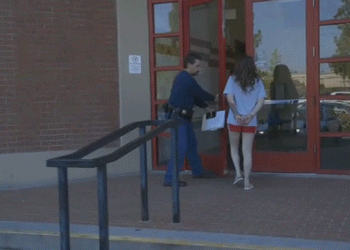
A suspect is arrested for allegedly committing a crime, placed in jail, and scheduled for arraignment if a prosecutor decides to press charges.
The defendant is arraigned and bail is set.
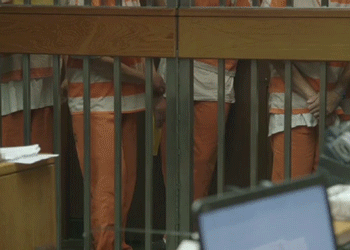
Arraignment is the formal reading of a criminal charging document in the presence of a defendant, informing the defendant of the charges against him or her. Most often, bail is set by a judge at this hearing.
During a bail hearing a judge will first determine whether to set bail, then the bail amount. A judge may also choose to place conditions on a defendant's release that do not involve money, such as require that a defendant check in with a county pretrial agency, or in rare cases, wear an ankle monitor.
A defendant must then figures out how and if they can meet their bail requirement.
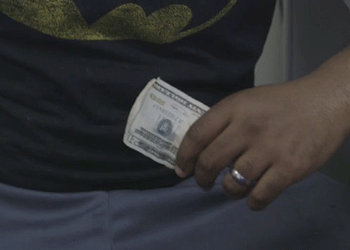
If bail is set, a defendant must pay the set amount to the court to be released prior to their trial date.
Those who can pay their bail outright go free. Generally, if the defendant returns to court on the appointed date, they will be reimbursed the full amount of their bail payment, less court and administrative fees.
However, according to data from the U.S. Department of Justice, Bureau of Justice Statistics (BJS), in 2009, only 38 percent of defendants in urban cities were released because they were able to meet a financial obligation. Of those released on bail, only 5 percent were able to pay the full cash amount outright. About 4 out of 5 defendants who were able to meet bail requirements did so by securing a surety bond known as a bail bond.
At this point, a defendant may enter the commercial bail bond system.

A for-profit bail bondman, or agent, is an insurance agent who sells a bail bond, to a defendant or their family to ensure the person’s release prior to trial.
A bail bond is the promise that the bondsman will pay the court the full amount of a defendant's bail should that defendant not return to court.
A defendant or their family pays a bail bond agent in return for a bail bond, and is released.
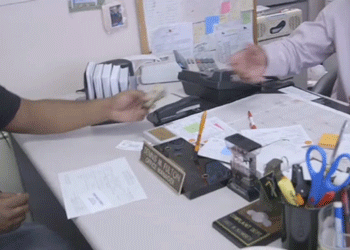
Defendants generally pay the bail bondsman a non-refundable 10 percent of their total bail amount in return for a surety, or bail bond. For example, if a defendant's bail is set at $7000, that defendant would pay a bail bond agent $700, which they will not get back regardless of whether they appear in court.
In large urban cities, about half of all pretrial releases, were secured using private surety bond, which was the most common method of pretrial release in 2009. Between 1990 and 2009, The percentage of pretrial releases that included financial conditions climbed from 37 percent to 61 percent, and the use of surety bond doubled.
Some defendants can pay a bail bond agent 10 percent of their total bail amount. Many cannot and remain behind bars until they go to trial.

About one-third of all defendants in large urban counties are held on bail, and remain behind bars until their case is tried because they are unable to meet bail requirements.
If a defendant secures a surety bond from a bail bond agent but doesn't return to court on the appointed date, the bail bondsman may hire a bounty hunter.
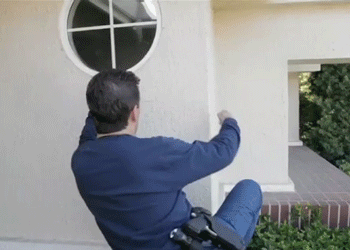
In New York, a bounty hunter is defined by the Division of Licensing Services as "an individual or entity who, for a fee, apprehends individuals who have failed to appear on bond or bail and surrenders them to the appropriate jail or to court."
ln all but four states--Wisconsin, Oregon, Illinois, and Kentucky--bail bond companies and the bounty hunters they hire are legally allowed to do almost whatever is necessary to capture a client. This includes crossing state lines and entering into a client’s home without a warrant.
Typically, a bounty hunter is paid a portion of the "bounty" if he or she can locate and return the defendant back into custody.

If a defendant does not appear back in court on their appointed court date, a bail bond agent becomes liable to the court for the full amount of that defendant’s bail. Thus, it becomes worth it for a bail bond agent to pay a bounty hunter a percentage of a defendant’s total bail amount in order to secure their return back into custody.
Once back in custody, a defendant's bail may be set again.

Once a defendant is back into custody, a judge may choose to set bail again, usually at a higher amount than before. If a defendant cannot afford to pay to secure a bail bond at the higher amount, or cannot find a bail bond agent willing to provide a bail bond, the defendant will remain in jail until their case is decided.
For more on the commercial bail bonds system, tune in to Fault Lines' latest episode, "Chasing Bail," premiering on Al Jazeera America Saturday, May 24, 2014 at 7:00p ET, and on Al Jazeera English, Tuesday, May 27, 2014, at 22:30 GMT.
Error
Sorry, your comment was not saved due to a technical problem. Please try again later or using a different browser.